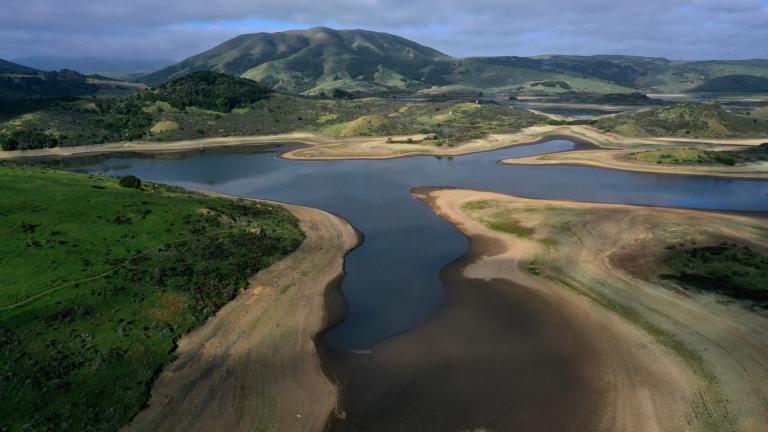
Water levels are running dangerously low in rivers, reservoirs, and aquifers across much of the American West, raising serious dangers of shortages, fallowed agricultural fields, and extreme wildfires in the coming months.
Monitoring stations across California’s Sierra Nevada range are registering some of the driest conditions on record for this point in the year. High spring temperatures already mostly melted away this winter’s light snowpack, which usually supplies about a third of the state’s water.
In New Mexico, where half the state faces “exceptional drought” conditions, water districts are delaying allotments to farmers and urging them to simply not plant crops if possible.
All told, nearly 85% of the West is suffering through drought conditions right now, according to US Drought Monitor. Almost half the region is now in an extreme or exceptional drought, following years of dry, hot conditions aggravated by climate change, writes James Temple for the MIT Technology Review.
Read the full article at: https://www.technologyreview.com/2021/05/20/1025085/the-american-west-is-bracing-for-a-hot-dry-and-dangerous-summer/
Image credits: Justin Sullivan/Getty Images





